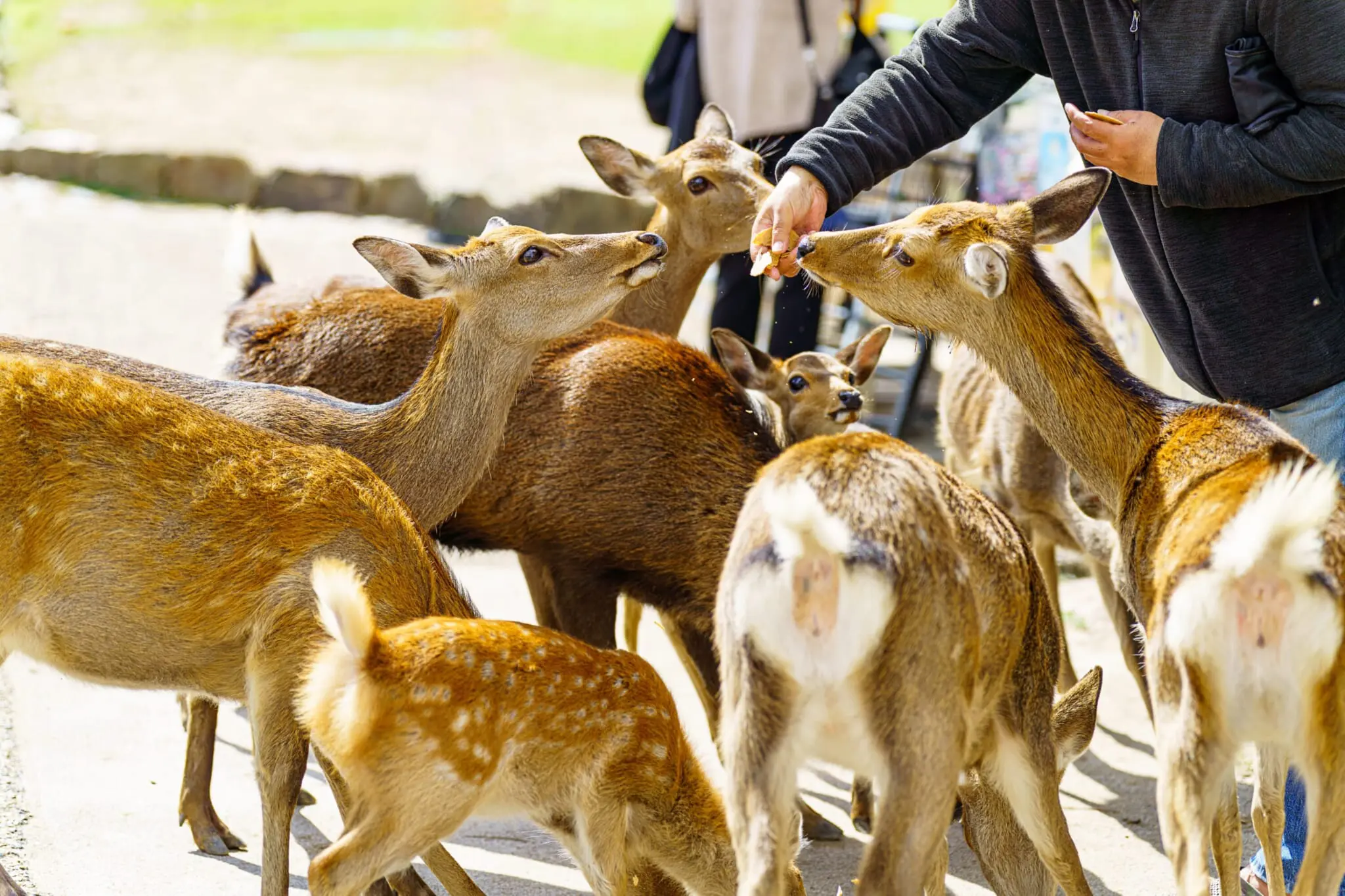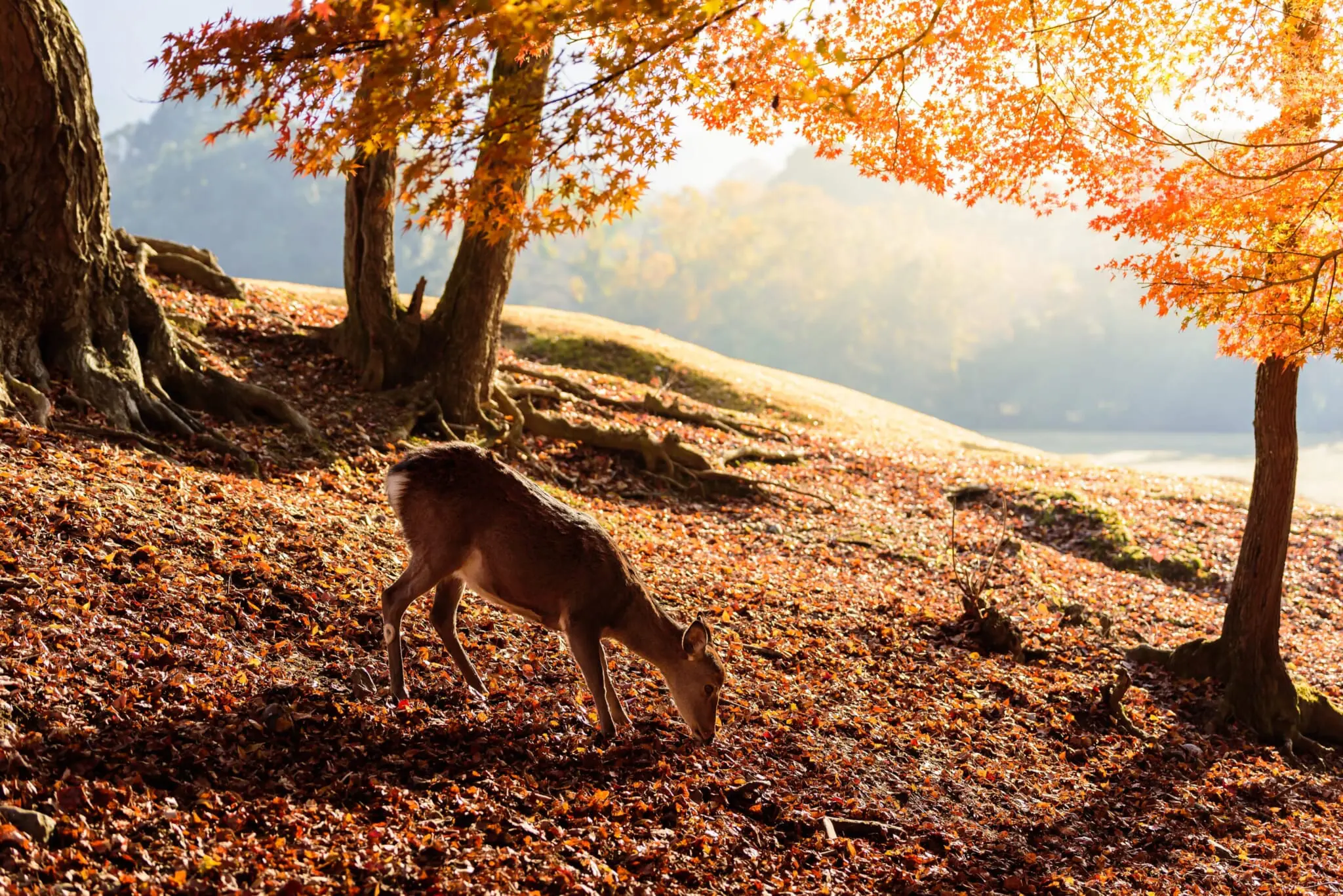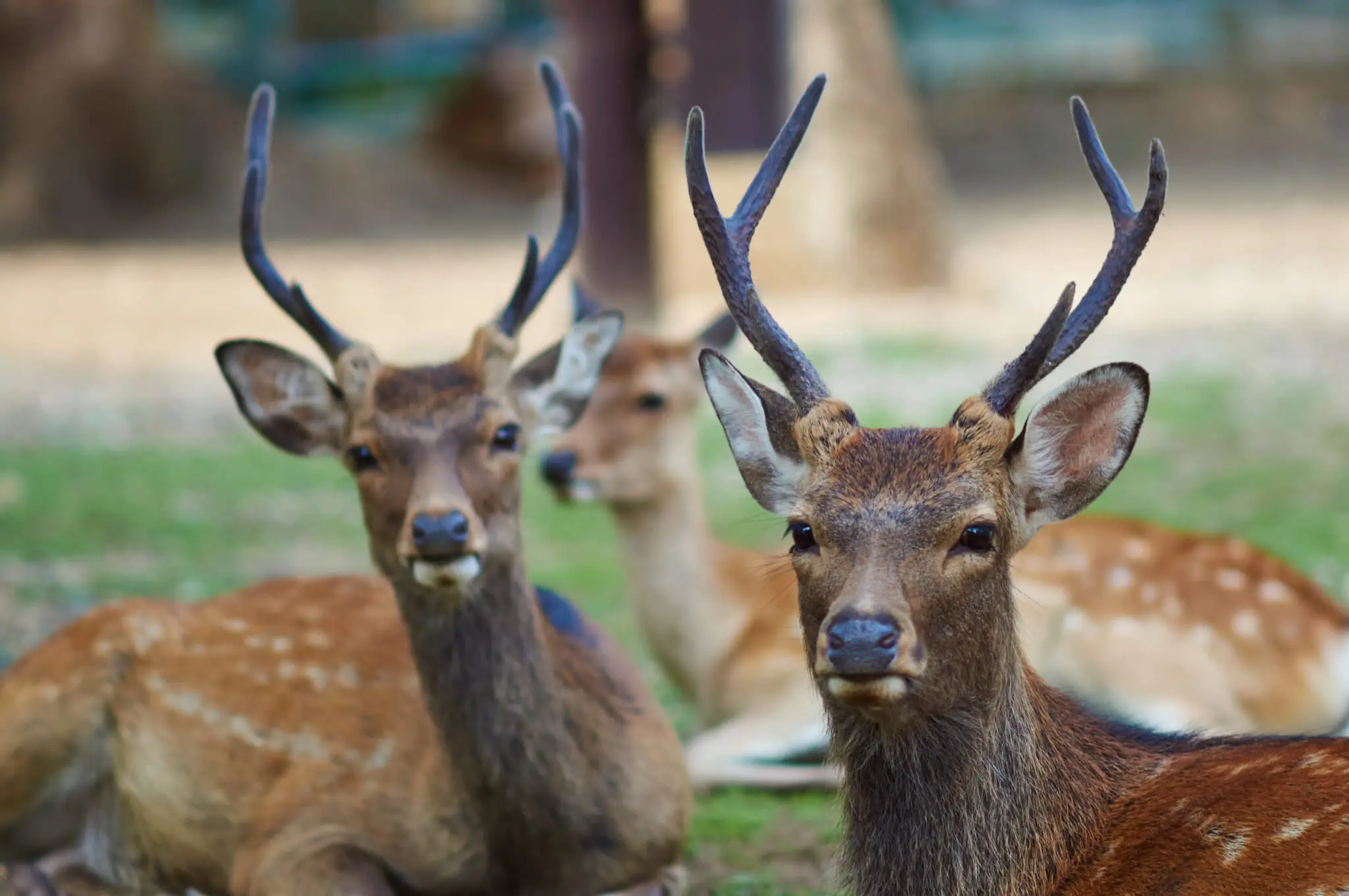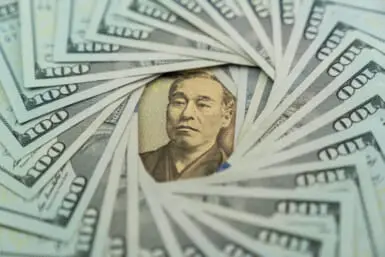The sacred deer roaming Nara Park are known around the world, with many traveling to the ancient city just to see them. Unfortunately, Nara deer have recently been exhibiting unusually aggressive behavior toward humans. A total of 35 tourists were injured by male deer antlers in September alone, which is seven times last year’s number. Following the abuse of Nara deer by tourists this summer, the high frequency of attacks this year has alarmed Nara city and prefecture officials as well as Japanese netizens.

Why Are Nara Deer Attacks Increasing?
According to Nara Prefecture officials, most of these injuries occurred while tourists were attempting to feed them crackers. Some of the injuries were severe: 10 people were taken to hospital in September, and one victim suffered a serious stabbing several centimeters deep in the thigh.
The increase in the number of injuries can be partially attributed to the fact that there are about 100 more male deer in Nara Park than usual. Male deer are also in heat during September and October due to the mating season. However, the huge influx of tourists in Nara and reports about some people showing a lack of etiquette around the deer are also potential factors as to why these incidents are occurring.
Tourist Abuse and Misconduct
In July, a viral video of a man repeatedly kicking and slapping a deer circulated online. The following month, a tourist smeared a rice cracker with feces and attempted to feed it to a deer. Captured footage of the incident incited significant outrage online, with many enraged users on X demanding a tourist ban.
The Nara Deer Protection Association and prefecture officials are warning tourists to stop touching the deer unnecessarily. Electronic signs have been put up at train stations, and social media channels are alerting people to be more cautious, especially when interacting with male deer.

Sacred Symbols of Japan’s First Capital
Since the eighth century, The deer in Nara have been held in high regard as divine messengers of the gods. Legend has it that a Shinto deity, Takemikazuchi-no-Mikoto, arrived in Nara’s Kasuga Grand Shrine on the back of a large white deer. Since then, the deer has been seen as a symbolic animal of Japan’s first capital (Heijyokyo, established near present-day Nara city).
Today, there are around 1,325 of these sacred deer in the Nara Park area. They are considered rare ancestral species and have peacefully coexisted with the citizens of Nara over the years. The deer also enjoy eating special crackers called shika senbei (deer crackers) offered by park visitors. While this is a fun activity, the deer’s diet comes mostly from natural sources like grass, acorns and leaves. The park continues to urge the public to refrain from littering, or feeding the deer with anything other than crackers.









